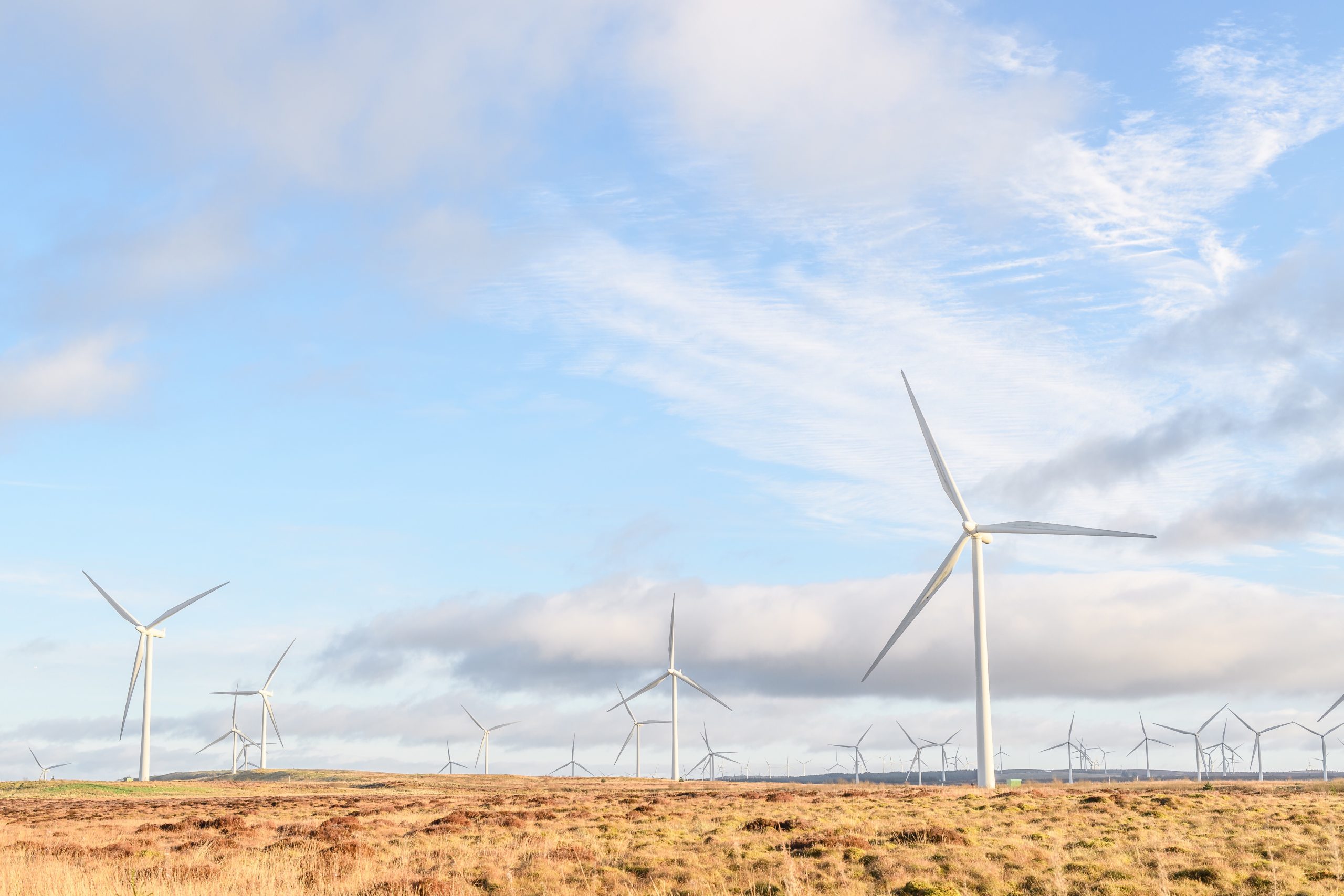When planning and constructing any kind of structure – whether permanent or temporary – environmental factors must be carefully considered. Among these, wind load plays a vital role, especially for temporary buildings. Whether used for warehousing, logistics, construction, or events, temporary structures must withstand variable weather conditions without compromising safety or performance.
In this article, we explore what wind load is, why it matters for temporary structures, and how working with an experienced provider like Lauralu ensures your building meets safety standards without unnecessary delays or costs.
Understanding Wind Load
Wind load refers to the force exerted by the wind on a structure. This force can act in different directions, including horizontally against the walls or vertically, creating uplift on the roof. The intensity of wind load is influenced by several factors: the speed of the wind, the direction it hits the building, the height and shape of the structure, and its surroundings, such as nearby buildings, trees, or open terrain.
For temporary structures – which are often lightweight and modular in nature – these forces can present significant design challenges if not properly addressed. Unlike permanent buildings, temporary ones may lack the mass and fixed foundations that naturally resist wind pressure. As a result, understanding and managing wind load becomes a crucial element of the design and installation process.
The Consequences of Ignoring Wind Load
Failing to account for wind load can have serious implications. Structural instability is the most immediate concern. A structure that has not been engineered to withstand local wind pressures may suffer damage or, in extreme cases, collapse. This puts both people and property at risk, particularly on industrial or commercial sites where operations rely on continuity and safety.
Even less extreme consequences – such as rattling panels, displaced cladding, or water ingress from damaged seals – can lead to operational downtime and increased maintenance costs. Additionally, there is the reputational and legal risk for businesses that fail to demonstrate adequate duty of care, especially if an incident leads to injury or loss.
Standards and Regulations
In the UK and Ireland, temporary structures are subject to the same fundamental principles of structural safety as permanent buildings. They must be designed in accordance with relevant British Standards (such as BS EN 1991-1-4 for wind actions) and local building regulations. These documents outline how wind loads should be calculated based on geographic location, site exposure, building height, and more.
Professional temporary building suppliers like Lauralu use site-specific data to calculate the appropriate wind load requirements for each project. Factors such as whether the building will be in an open rural area or a sheltered industrial estate can significantly affect the figures used in structural calculations.
Wind Load in Practice: The Lauralu Approach
At Lauralu, safety and performance are built into every structure from the earliest design phase. Understanding the potential wind load at the installation site is a key part of the planning process. Our engineering teams use data from authoritative sources, combined with decades of experience, to ensure each structure is not only compliant but also resilient.
This is particularly important for temporary buildings that may remain in place for several years. While designed for flexibility, many of our installations serve as long-term solutions for clients who need the operational space without the long timelines of traditional construction. For these buildings, a robust approach to wind load assessment is essential.
Our temporary buildings feature solid aluminium frames, secure anchoring systems, and, where required, insulated or reinforced cladding. These elements are not just about comfort or aesthetics – they’re engineered to perform under pressure, including high winds.
Wind Load Across Different Sectors
The significance of wind load varies depending on the sector and application. For example, in logistics, large open-span temporary warehouses are commonly used for storing valuable stock and equipment. A failure in the structure due to wind damage could lead to costly disruption, missed deadlines, or product loss.
In construction, temporary structures are often used to house machinery, cover materials, or provide shelter for workers. Many sites are located in exposed areas such as coastlines or upland terrain, where wind speed is higher and more unpredictable. In such conditions, accurate wind load assessments are vital.
Even in the events sector – where temporary venues or covered spaces are used for festivals, exhibitions, or hospitality – there’s a responsibility to ensure public safety. Structures need to be safe not only in calm conditions but also during sudden changes in weather.
Responding to Changing Weather Patterns
Weather patterns in the UK and Ireland are becoming increasingly unpredictable. Stronger storms and more frequent high-wind events have become part of the reality for many businesses. This makes wind load assessments not just a compliance issue, but a forward-looking risk management strategy.
A temporary building may be quick to install, but that doesn’t mean it can cut corners when it comes to weather resistance. Lauralu’s commitment to long-term reliability means every structure is engineered with resilience in mind. Wind load isn’t just a figure on a drawing – it’s part of a broader approach to ensuring buildings remain secure and operational in all seasons.
Choose a Provider Who Prioritises Structural Safety
When choosing a provider for your temporary structure, it’s essential to ask how wind load is calculated and what measures are taken to ensure compliance. At Lauralu, we don’t just follow the standards – we engineer buildings that exceed them where appropriate, particularly for clients in high-risk or exposed locations.
We offer site visits, technical consultations, and detailed wind load assessments as standard, ensuring your structure is fully fit for purpose. Our team has delivered reliable buildings for a wide range of applications, from mega warehouses and logistics hubs to workshop shelters and construction covers.
Find Answers to Common Questions About Structural Safety
If you’re looking for more details on the technical aspects of our structures, including wind resistance, structural load, and installation requirements, our FAQs page covers many of the common questions clients ask.
Talk to Lauralu About Your Project
Whether you’re expanding operations, responding to a short-term demand spike, or preparing for seasonal changes, don’t overlook the importance of wind load. A structure that’s not ready for high winds is a structure at risk.
Get in touch with Lauralu today to find out how we can help design and install a wind-resistant temporary building tailored to your site and sector.
Like what you see?
Let’s build something together
Get in touch
Contact us at Lauralu for more information or advice regarding temporary buildings.
We can provide you with a free fast estimate or advice on temporary buildings.

